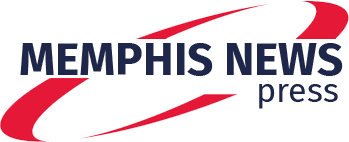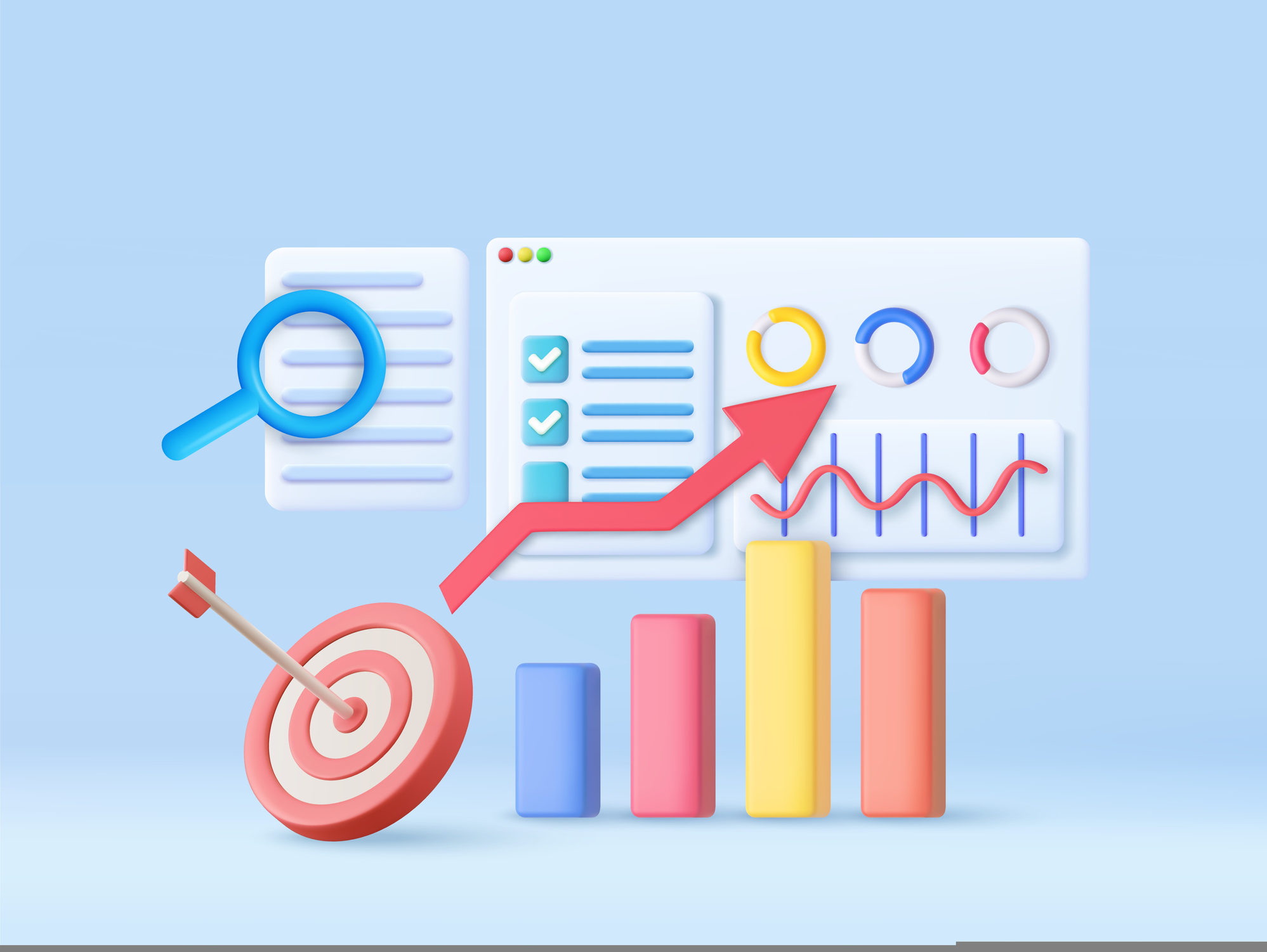Pricing strategies are pivotal when marketing high-ticket offers, as they directly influence perceived value, customer decision-making, and overall sales performance. A high-ticket offer is typically a premium product or service priced significantly higher than average market offerings. Crafting an effective pricing strategy for these high-ticket items requires a deep understanding of your market, your customers, and how your offer aligns with their needs and expectations.
This comprehensive guide will explore various pricing strategies that can be employed to effectively market high-ticket offers, optimize perceived value, and drive conversions. We will also discuss practical tips and best practices to help you implement these strategies successfully.
Understanding High-Ticket Offers
High-ticket offers refer to products or services that are priced at a premium level. These offers often include luxury goods, high-end services, or complex solutions with significant value. Given their high price point, the sales process for high-ticket offers is usually more involved and requires a strategic approach to pricing.
Key Characteristics of High-Ticket Offers:
- Premium Quality: High-ticket offers are often associated with superior quality, exclusive features, or exceptional service.
- Target Audience: These offers typically target affluent or niche markets willing to invest in premium solutions.
- Extended Sales Cycle: The decision-making process for high-ticket purchases can be longer, requiring more effort in convincing and nurturing leads.
Effective Pricing Strategies for High-Ticket Offers
1. Value-Based Pricing
1.1 Understand Perceived Value Value-based pricing involves setting the price of your offer based on the perceived value to the customer rather than just cost. Conduct market research to understand what customers value most about your offer and how it compares to competitors.
1.2 Communicate Unique Value Propositions Highlight the unique features and benefits of your high-ticket offer that justify its premium price. Use case studies, testimonials, and demonstrations to reinforce the perceived value.
1.3 Adjust Based on Customer Feedback Continuously gather feedback from customers to refine your understanding of the value your offer provides. Adjust your pricing strategy accordingly to ensure it aligns with customer expectations and perceived benefits.
Example: If your high-ticket offer includes personalized service and exclusive features that solve a specific problem for your target audience, price it according to the value these unique aspects provide.
2. Tiered Pricing
2.1 Create Multiple Pricing Tiers Offer different levels or tiers of your high-ticket product or service, each with varying features and benefits. This approach allows customers to choose an option that best fits their needs and budget.
2.2 Clearly Define Tier Benefits Clearly differentiate the features and benefits of each tier to justify the price differences. Ensure that each tier offers incremental value to encourage upselling and cross-selling opportunities.
2.3 Promote the Most Valuable Tier Highlight the most valuable tier (often the highest-priced option) to emphasize its premium features and benefits. Use persuasive language and marketing tactics to encourage customers to opt for this option.
Example: If you’re selling a high-end coaching program, offer tiered packages with varying levels of access to exclusive content, one-on-one sessions, and additional resources.
3. Bundling and Packages
3.1 Offer Bundled Solutions Combine multiple products or services into a bundled package at a discounted rate compared to purchasing each item separately. Bundling can enhance perceived value and encourage higher spending.
3.2 Create Compelling Packages Design packages that address specific needs or pain points of your target audience. Ensure that the bundled offer provides a clear benefit and added value compared to individual purchases.
3.3 Highlight Savings and Benefits Emphasize the savings and additional benefits of purchasing a bundle or package. Use promotional materials and marketing strategies to showcase the value of the combined offer.
Example: Bundle a high-ticket software solution with training sessions and ongoing support to create a comprehensive package that appeals to businesses looking for a complete solution.
4. Scarcity and Urgency
4.1 Implement Limited-Time Offers Create limited-time promotions or offers to instill a sense of urgency and encourage prompt decision-making. Scarcity can drive higher conversion rates and prompt customers to act quickly.
4.2 Use Limited Availability Highlight the limited availability of your high-ticket offer to create exclusivity. This tactic can be effective in positioning your offer as a premium, sought-after solution.
4.3 Communicate Deadlines Clearly Ensure that deadlines and limited availability are communicated clearly in your marketing materials. Use countdown timers, urgency-driven language, and reminders to reinforce the urgency.
Example: Offer a limited-time discount or bonus for high-ticket purchasers who commit within a specific timeframe.
5. Psychological Pricing
5.1 Use Price Anchoring Price anchoring involves presenting a higher-priced option to make your high-ticket offer seem like a better deal. This tactic can influence customer perceptions and decision-making.
5.2 Implement Charm Pricing Charm pricing involves setting prices just below a round number (e.g., $999 instead of $1000). This psychological tactic can make the price seem more appealing and affordable.
5.3 Utilize Price Ranges Present a range of pricing options or payment plans to accommodate different budgets and preferences. Offering flexibility can make your high-ticket offer more accessible and attractive.
Example: Present a high-ticket offer with a price anchor of $2000 alongside a discounted rate of $1500 to make the lower price seem more attractive.
6. Payment Plans and Financing
6.1 Offer Flexible Payment Options Provide payment plans or financing options to make your high-ticket offer more accessible. Allowing customers to pay in installments can reduce the perceived financial burden and increase conversions.
6.2 Highlight Benefits of Financing Clearly communicate the benefits of financing options, such as low-interest rates or deferred payments. Ensure that customers understand how these options make the purchase more manageable.
6.3 Simplify the Application Process Make the application and approval process for financing as simple and straightforward as possible. A complex or lengthy process can deter potential buyers.
Example: Offer a 12-month payment plan with no interest for customers purchasing a high-ticket item to make the investment more feasible.
7. Exclusive Offers and VIP Access
7.1 Create Exclusive Offers Design exclusive offers or packages available only to select customers or members. This strategy can enhance perceived value and create a sense of exclusivity.
7.2 Provide VIP Access Offer VIP access or premium features to customers who invest in your high-ticket offer. This can include early access to new products, special events, or personalized support.
7.3 Promote Exclusivity in Marketing Highlight the exclusivity and premium nature of your high-ticket offer in your marketing materials. Use language that emphasizes the special status and unique benefits of the offer.
Example: Offer exclusive access to a private mastermind group or VIP event as part of a high-ticket coaching program.
Best Practices for Implementing Pricing Strategies
1. Continuously Monitor and Adjust
Regularly review and analyze the effectiveness of your pricing strategies. Use sales data, customer feedback, and market trends to make informed adjustments and optimize pricing.
2. Test Different Strategies
Experiment with different pricing strategies and tactics to determine what works best for your audience. A/B testing and market research can provide valuable insights into pricing effectiveness.
3. Communicate Value Clearly
Ensure that the value of your high-ticket offer is communicated clearly and effectively. Use persuasive language, compelling visuals, and customer testimonials to reinforce the perceived value.
4. Stay Updated on Market Trends
Keep abreast of industry trends and competitor pricing to stay competitive. Adjust your pricing strategies as needed to align with market conditions and customer expectations.
5. Focus on Customer Experience
Prioritize delivering an exceptional customer experience throughout the buying process. High-quality service, personalized support, and a seamless purchasing experience can enhance the perceived value of your high-ticket offer.
Effectively using pricing strategies for high-ticket offers involves a combination of value-based pricing, tiered options, bundling, scarcity, psychological tactics, and flexible payment plans. By implementing these strategies and best practices, you can enhance the perceived value of your offer, drive higher conversions, and achieve greater success in marketing high-ticket items.
Frequently Asked Questions (FAQ)
1. What is value-based pricing, and how does it apply to high-ticket offers?
Value-based pricing involves setting prices based on the perceived value of the offer to the customer rather than just the cost. For high-ticket offers, this means understanding what customers value most and pricing accordingly to reflect that value.
2. How can tiered pricing benefit my high-ticket offer?
Tiered pricing allows you to offer multiple levels or options of your high-ticket offer, each with varying features and benefits. This approach can attract different customer segments, increase upselling opportunities, and provide customers with choices that fit their needs.
3. What are some effective ways to create a sense of urgency for high-ticket offers?
Implement limited-time promotions, highlight limited availability, and use countdown timers in your marketing materials. Communicate deadlines and scarcity clearly to encourage prompt decision-making and drive higher conversions.
4. How can psychological pricing tactics influence customer perceptions?
Psychological pricing tactics, such as price anchoring and charm pricing, can make your high-ticket offer seem more attractive and affordable. These tactics influence customer perceptions and decision-making by presenting prices in a way that emphasizes value.
5. What are the benefits of offering payment plans or financing options for high-ticket items?
Payment plans and financing options make high-ticket items more accessible by allowing customers to pay in installments. This reduces the perceived financial burden, increases affordability, and can lead to higher conversion rates.
Get in Touch
Website – https://www.webinfomatrix.com
Mobile - +91 9212306116
Whatsapp – https://call.whatsapp.com/voice/9rqVJyqSNMhpdFkKPZGYKj
Skype – shalabh.mishra
Telegram – shalabhmishra
Email - info@webinfomatrix.com

.jpg)
.jpg)




.jpg)

 English (US) ·
English (US) ·